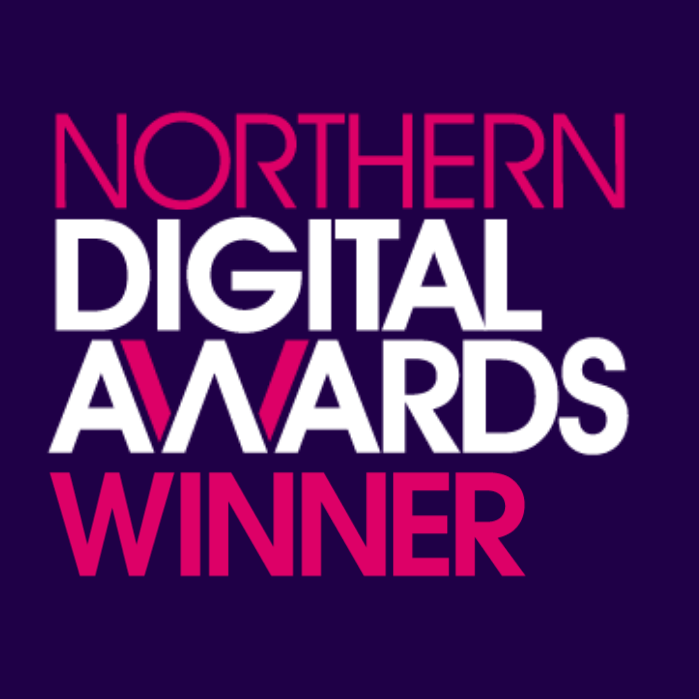Fundamentals of SEO – Start with Crawling, Keyword Research & Content
SEO isn’t a single thing and it isn’t the same for every business, you need to find the right mix of activities to yield the most efficient cost benefit to your organisation. Before we get started it’s important to keep that in mind and it’s also important to not aim for perfection, as in life, perfection isn’t a healthy thing to strive for, especially in SEO and its every moving goalpost.
Know your business
Consider these questions:
- What’s the core objective you are trying to achieve through your website?
- What are your best selling products/services?
- What is it that you want to promote now?
- What is it that you are an expert on?
These are the questions to get you started. Understanding your business enables you to understand what it is you should be aiming for in terms of optimising your website. Having a focus enables optimisation of areas that yield the highest benefits. Start off with the main purpose of the website; if it’s to sell your bestselling product, then focusing on getting that product to rank well is going to yield more benefit than focusing on anything/everything else.
We can move past a single product, but having a single high page 1 ranking for your main product will likely receive significantly more organic sales than having all products rank on page 2 on Google’s SERP’s. Focus is where to begin and you need to keep in mind if this is relevant to your business, but let’s move on to what we can do.
Site Crawling
A fundamental in terms of ranking is having your site visible to search engines. Most websites don’t have a problem being found, but some work might be required around finding all indexable landing pages or have all content readable for search engines.
Common things to look at here are:
- Does your robots.txt block any pages you want to be indexed?
- Is your sitemap.xml displaying all pages you want to be indexed?
- Can all your content on the page be viewed by Google? E.g.
- Is it within the HTML or do you use JavaScript?
- If it’s in JavaScript, this isn’t necessarily a problem but more work may be needed to properly display this to Google, such as using a pre-render service.
- Is it within the HTML or do you use JavaScript?
- Do you have any Orphaned pages?
- Do you have redirect chains absorbing your crawl budget?
When it comes to crawling your site, they’re plenty of tools to use, but for a beginner I’d recommend the tried and tested Screaming Frog tool.
Further work can include conducting extensive crawl audits and looking into log files, but these activities above are a great start.
Keyword Research
This is the start of your content journey. We cannot know what to optimise a page for until we know what it is people are searching for – Whilst you may internally use a specific product name, this may not be something non-expert’s use. Keyword research will help you identify what it is people are actually searching for around your product/service offering. Tools we use to identify these keywords:
- SEMrush
- Ahrefs
- Answer the public
- People also ask
Start off with your priority keywords (remember focus). Then use these as your seed keywords to expand into the potential keyword universe that may be available to your business. The main things we are looking at is search volume and its relevance to your business.
If you want to go further with this, consider tagging these keywords into the different categories relevant for your business, such as:
- Are the Informational or Transactional?
- Do they split into core categories?
- Can they be split further e.g. Shoes > Mens Shoes > Mens Trainers
This will provide a better understanding when it comes to performance and impact analysis, but it isn’t essential so consider how relevant this is to your business before you start your tagging process.
Content
Now that you have your keywords and you know that your pages can be found, it’s time to start optimising/creating those pages!
First we need to understand what keywords are ranking and how well they are performing. Inserting your keywords into a keyword tracking tool is the easiest way to do this. When you’ve set this up, research to understand the following:
- What keywords are ranking well
- What keywords are ranking poorly
- What keywords aren’t ranking
Again, we start with focus, begin with your priority keywords, are these ranking well on a page already? Great, we can look to optimise this page further, or if they aren’t, well maybe this is because this page isn’t targeting the keyword effectively. If a keyword isn’t ranking well or at all, it may also be that you need to create entirely new content to target this keyword.
If you’re looking to optimise a current page or create a new page, you should consider the following elements that can improve your performance.
Page Titles
These are still highly relevant in terms of ranking and it’s the single best place to put your keyword. As well as the target keyword for the page, you also might want to include modifiers such “for men” or “2020”. If you have conducted extensive keyword research, you might find a good modifier to use here (highest search volume), but remember, it needs to be relevant.
Considering that Page Titles are going to be viewed by users we need to keep it within Google’s character length – Tools such as SERPsim are great to test on.
Also, does your brand have recognition in your industry – great, stick it in there as well!
Heading Structure
H1’s are the most important in terms of keyword optimisation so try to include your priority keyword here if possible – If it doesn’t make sense to, don’t worry, Google’s great at understanding content.
The rest of your headings don’t need to exactly target keywords, your focus should be to create a well structured and organised flow of content, using headings that make sense on the page. That being said, if the priority keyword or one of its variants fit naturally, then great!
In terms of what headings to choose, again, look at the flow of content. Best practice would be to have a single H1, then use sub headings for the rest of the content (H2’s & H3’s)
Internal Linking
This isn’t optimising the page as such, but those links that point to this page are a hint to Google as to what this page is about, therefore including keywords (when they fit naturally) as Anchor text will improve relevancy for your priority term.
Supplementary Information Pages/Child Pages
If your priority keyword has a wide range of relevant yet slightly off topic sub categories, building out child pages helps improve the semantic relevancy to the keyword group for your website. An example for an SEO company would be as such:
Priority keyword “SEO” (www.example.com/seo), could have a following child page (www.example.com/seo/keyword-research).
This really depends on how extensive the subject matter is as you may find this isn’t necessary for your product/service. Once you’ve built these pages out remember to insert links naturally within the content on the main page and back from the child pages.
E-A-T
This isn’t something that is easy or short to explain (see a more detailed explanation here) but when creating or optimising any content on your site, it’s important to remember what content Google is trying to display as results for it’s searches – E-A-T Content.
Creating E-A-T content consist of 3 pillars:
- Demonstrating Expertise
- Becoming an Authority
- Building Trust
Considering all the above will help you get started on your journey but much more can be done in each of these areas, but let’s go back to the beginning, it’s all about what’s the most cost effective now. If you haven’t done the above, get started with these before delving into more advanced techniques.
For more information on any of the tactics mentioned, or to chat about how we can help develop a strong SEO strategy for your business, get in touch with our senior team today https://www.blueclaw.co.uk/contact/.




